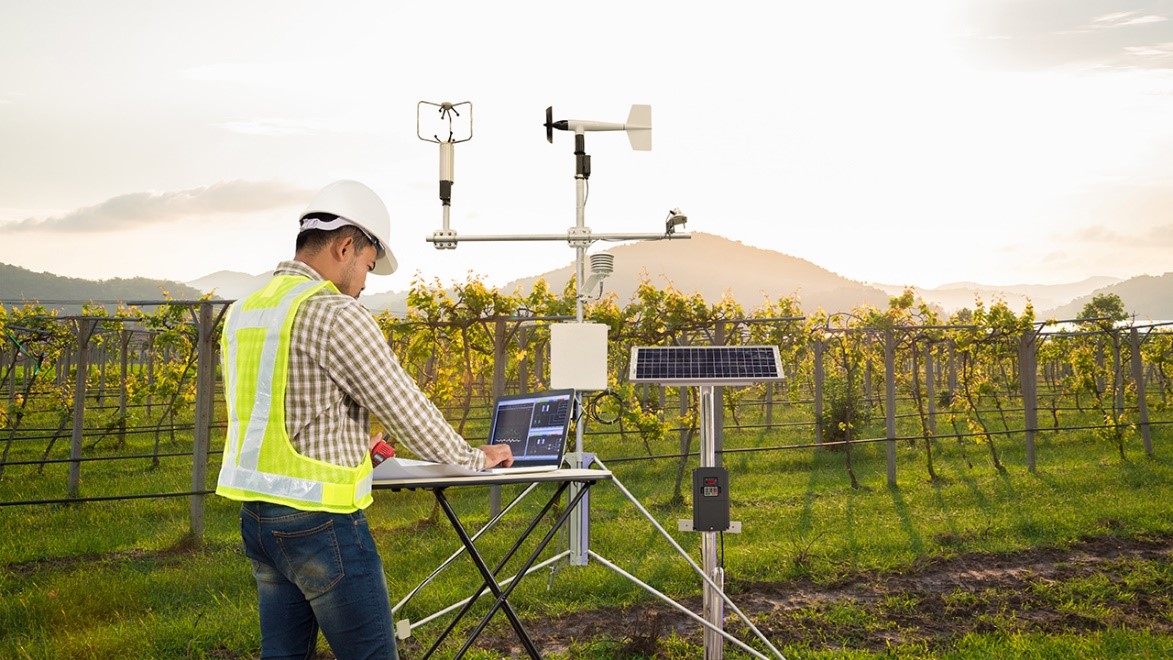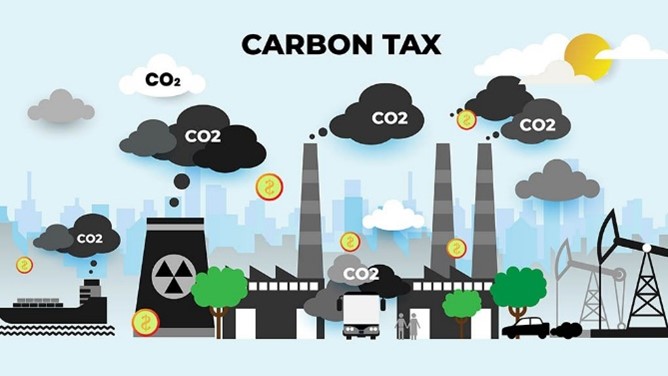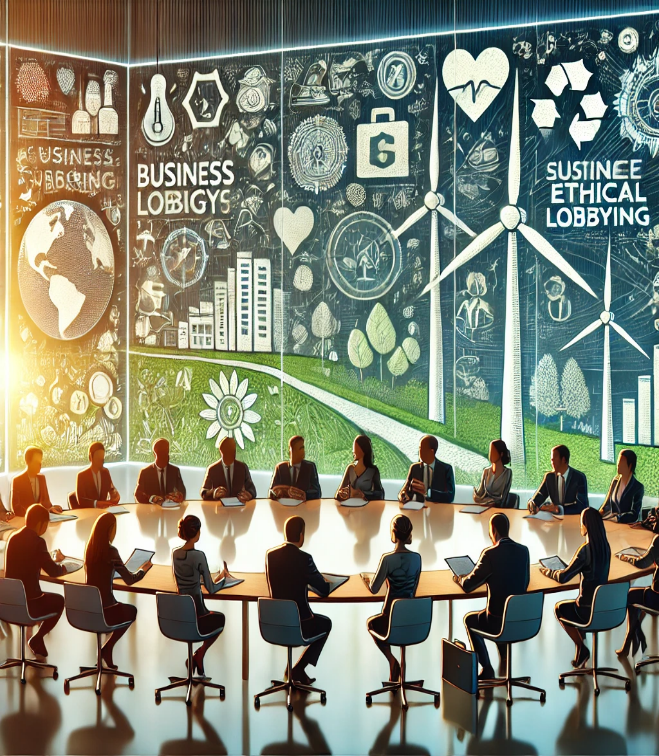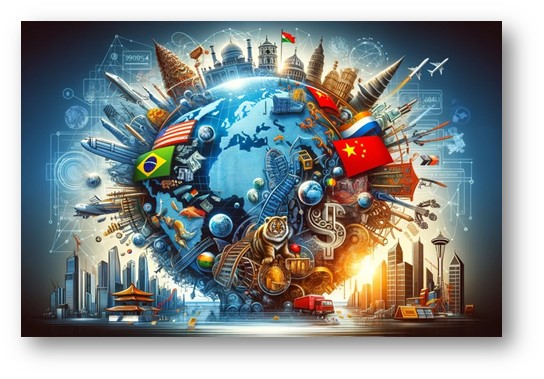Extended Reality (XR): AR, VR, and Mixed Reality

Extended Reality (XR): AR, VR, and Mixed Reality
by vivienne 10:24am Jan 08, 2025
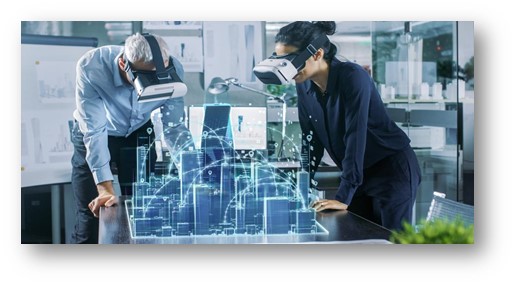
Extended Reality (XR) is an umbrella term that encompasses Augmented Reality (AR), Virtual Reality (VR), and Mixed Reality (MR). These technologies immerse users in digital environments, blending the physical and virtual worlds and enabling more interactive, intuitive, and immersive experiences. While each component of XR has its unique features, they all share the goal of enhancing how we experience digital content. 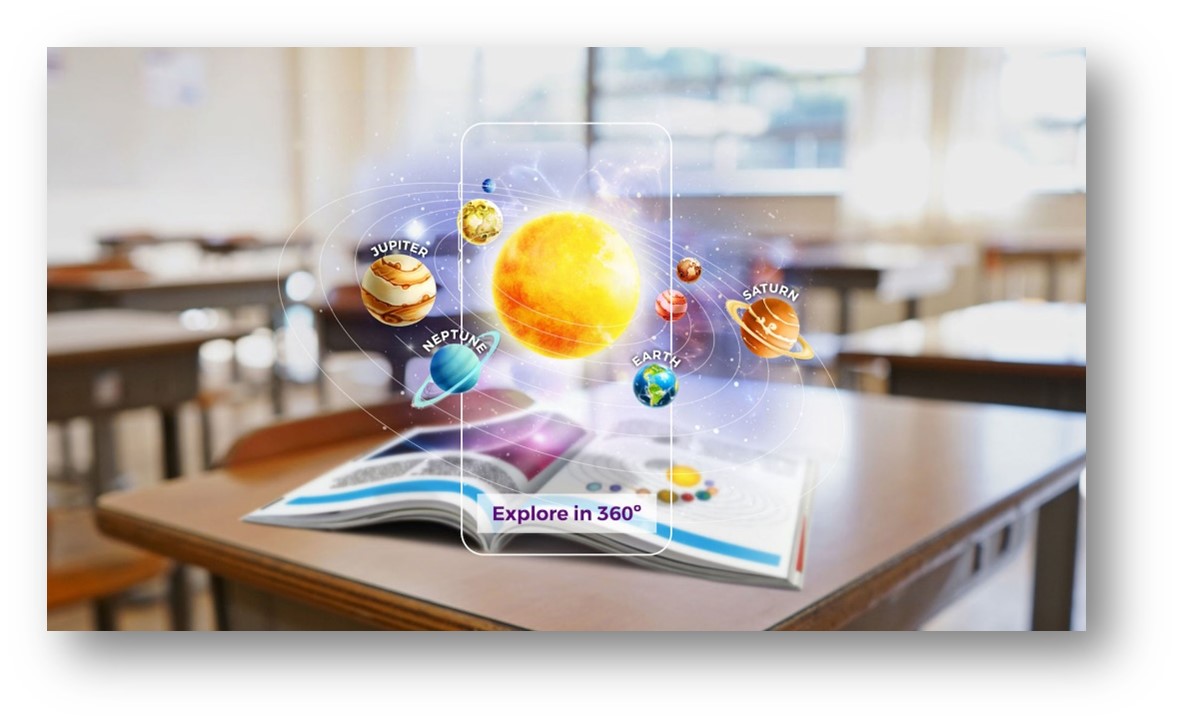
What is Augmented Reality (AR)?
At its core, Augmented Reality enhances our perception of reality by blending the physical and digital worlds. Using AR-enabled devices such as smartphones, tablets, or smart glasses, users can view digital information and graphics superimposed onto real-world views. For example, a smartphone camera might display a virtual character standing on a real sidewalk or provide navigation arrows on the actual street view.
How It Works:
· Cameras and Sensors: AR relies on a device’s camera to capture the environment and its sensors to understand the spatial layout.
· Processing: Once the camera captures an image, AR software processes it to identify and map physical objects and surfaces..
· Rendering: Finally, AR applications render digital content—such as 3D models, images, or animations—that integrates seamlessly into the user’s environment, adjusting in real time as the device or user moves.
Applications:
· Retail: Apps like IKEA Place let users visualize how furniture would look in their homes by superimposing 3D models onto their space.
· Education: AR can overlay information onto physical objects for interactive learning. For example, anatomy apps can show a 3D model of the human body.
· Navigation: AR-enhanced GPS apps can display directions in real-time, guiding users by overlaying arrows and markers on the camera view of the street.
Benefits of Augmented Reality
· Enhanced Engagement: AR makes experiences more interactive and memorable, making it a powerful tool for marketing, training, and education.
· Improved Decision Making: By allowing users to visualize products, procedures, or information in their actual context, AR helps users make better decisions, whether in purchasing or troubleshooting.
· Increased Efficiency: In industrial settings, AR can increase efficiency by providing real-time guidance and reducing errors during repairs or assembly tasks.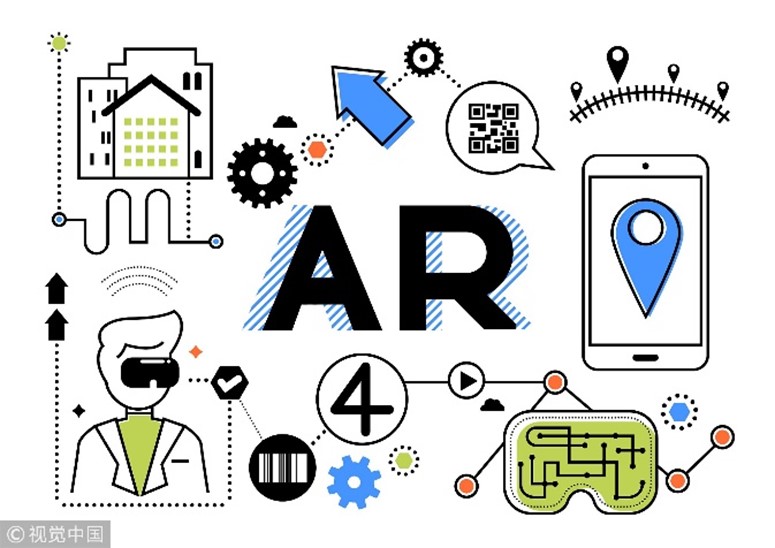
Virtual Reality (VR)
VR creates a digital space that completely replaces the user’s physical surroundings, allowing them to experience a different environment, whether real or imaginary. Unlike Augmented Reality (AR), which overlays digital elements onto the real world, VR isolates users in a virtual world, making them feel as if they’re truly “inside” it. This level of immersion is achieved through devices like VR headsets and controllers, which provide sensory feedback and enable interaction with the virtual environment.
How VR Works:
· Headsets: VR headsets cover the user’s field of vision with screens that display a 3D environment. The headset’s gyroscopes and accelerometers track the user’s head movements, adjusting the view in real time to simulate a natural, immersive perspective.
· Controllers and Sensors: VR systems often come with handheld controllers that track the user’s hand movements, allowing them to interact with objects in the virtual world. Advanced setups may include additional sensors for full-body tracking and haptic feedback.
· Software: VR experiences are powered by software applications that render 3D environments and respond to user inputs, simulating actions and reactions within the virtual space.
Applications:
· Gaming and Entertainment: VR is widely used in gaming to create immersive worlds. Platforms like the Oculus Quest and PlayStation VR are popular for gaming experiences.
· Training and Simulation: VR is used for training in fields like medicine, aviation, and the military. For example, surgeons can practice operations in a virtual environment without real-world consequences.
· Virtual Meetings and Collaboration: VR allows remote teams to meet and collaborate in a shared virtual space. Companies like Meta (formerly Facebook) have developed virtual meeting spaces such as Horizon Workrooms for remote collaboration.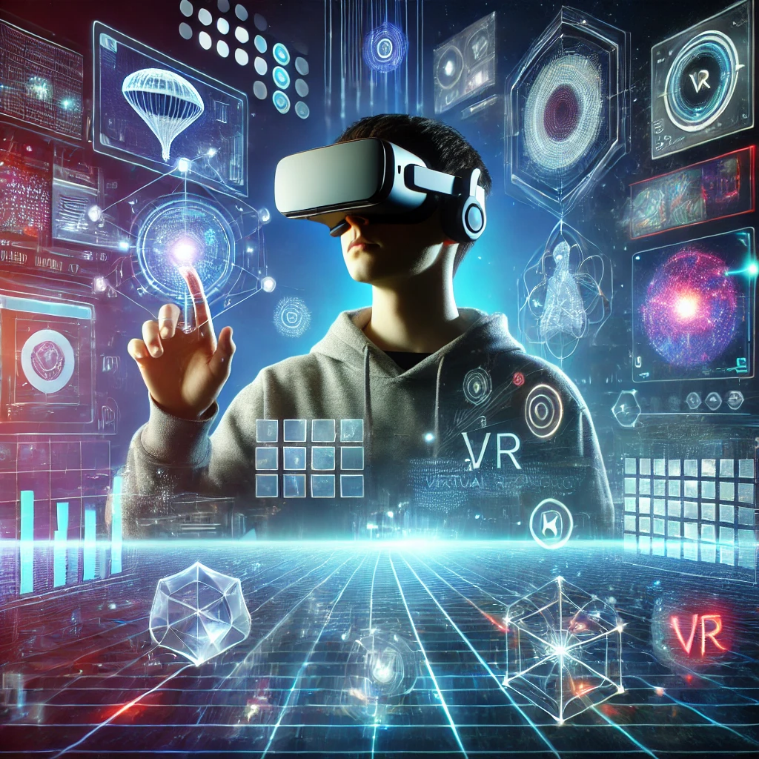
Benefits of Virtual Reality
· Enhanced Learning and Training: VR offers hands-on training and simulations that improve learning outcomes by providing real-life scenarios without risks. It’s especially useful for complex tasks like surgical procedures or emergency response training.
· Increased Engagement: VR makes experiences more interactive and enjoyable, which can lead to better retention and engagement in educational, therapeutic, or training settings.
· Improved Accessibility: VR allows users to explore places, objects, or scenarios they might not otherwise be able to experience, such as historical landmarks, distant locations, or hazardous environments.
What is Mixed Reality (MR)?
Mixed Reality takes the integration of digital and real-world environments to the next level. Unlike VR, which immerses users in a completely virtual environment, or AR, which overlays digital elements onto the real world, MR allows digital objects to coexist with real-world elements and react to them in meaningful ways. For example, users might see and interact with a holographic 3D model that appears in their physical space, and the model will adjust its position or scale based on their movements and perspective. 
How it Works:
· MR utilizes advanced sensors, cameras, and processors to understand and map the physical environment.
· Digital elements can respond to changes in the physical world and interact with real objects. For example, a virtual ball in MR could bounce off a real table.
· MR typically requires specialized headsets, such as Microsoft HoloLens or Magic Leap, which are equipped with advanced spatial mapping capabilities.
Applications:
· Industrial Training and Maintenance: MR can guide technicians with step-by-step instructions overlaid on physical machinery, enabling hands-free repair or assembly.
· Healthcare: Doctors can use MR to view 3D models of organs during surgery, providing a digital overlay that enhances precision.
· Design and Prototyping: Architects and designers can use MR to visualize projects in a real-world context, making adjustments in real-time.
Challenges and Limitations of MR
Mixed Reality still faces several challenges that need to be addressed to reach its full potential:
· Cost of Equipment: High-quality MR headsets are still relatively expensive, limiting their adoption. While prices are gradually decreasing, advanced MR systems remain out of reach for many individuals and small businesses.
· Technical Complexity: MR applications require a high level of technical expertise to develop, and creating realistic, responsive MR environments is complex and time-consuming.
· Environmental Limitations: For MR experiences to be realistic, the technology needs to adapt to various lighting conditions, textures, and physical environments. Bright or dark conditions, reflective surfaces, and complex spaces can disrupt spatial mapping and tracking accuracy.
· Privacy and Security: MR devices often capture data about users and their surroundings, raising potential privacy concerns. Securing MR applications and protecting user data are crucial, especially in business and healthcare environments.
Comparing AR, VR, and MR
Aspect |
Augmented Reality (AR) |
Virtual Reality (VR) |
Mixed Reality (MR) |
Environment |
Real-world with digital overlay |
Fully virtual environment |
Blends real and virtual worlds |
Hardware |
Smartphones, tablets, AR glasses |
VR headsets with controllers |
MR headsets with spatial mapping |
Interactivity |
Limited interaction with digital elements |
High interaction with virtual elements |
Interaction between physical and digital elements |
Use Cases |
Navigation, retail, education |
Gaming, training, virtual meetings |
Industrial training, remote assistance, design |
Cost |
Generally lower-cost devices |
Mid- to high-cost devices |
High-cost specialized headsets |
The Future of XR: Convergence and Potential Impact
Extended Reality is evolving rapidly, with advancements in processing power, artificial intelligence, and connectivity (especially with the rollout of 5G). Here’s what the future might hold:
· Integration with AI and IoT: AI will enable more responsive virtual environments, while the Internet of Things (IoT) could link physical objects to digital counterparts in real time, creating smarter, context-aware experiences.
· Cross-Platform Interoperability: Future XR platforms aim to bridge AR, VR, and MR for seamless transitions between them. For instance, a user could switch from a fully immersive VR gaming experience to an AR overlay for real-world navigation on the same device.
· Remote Work and Telepresence: As virtual collaboration tools improve, XR could transform remote work by creating virtual offices where employees from across the world can collaborate as though they’re in the same room.
· Entertainment and Social Experiences: The concept of the “metaverse”—a shared virtual space—is being explored as the next generation of social networking. Users would interact, socialize, shop, and even work within immersive virtual worlds.
Conclusion
Extended Reality (XR) represents a spectrum of immersive technologies, each offering unique ways to interact with the digital world. As AR, VR, and MR continue to develop, they’re set to reshape industries like entertainment, education, healthcare, and beyond, providing transformative new ways to engage with digital content and the physical environment. By enhancing learning, improving productivity, and enabling creative exploration, XR technologies are moving us toward a future where the digital and physical worlds converge seamlessly.


